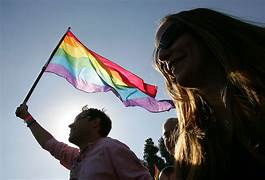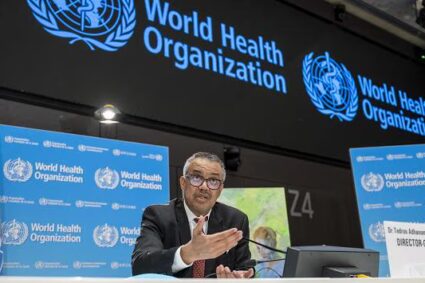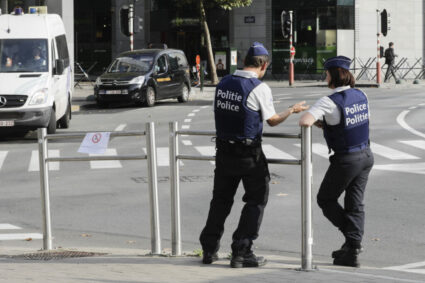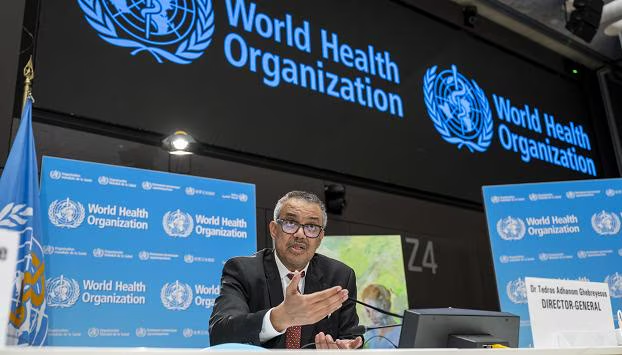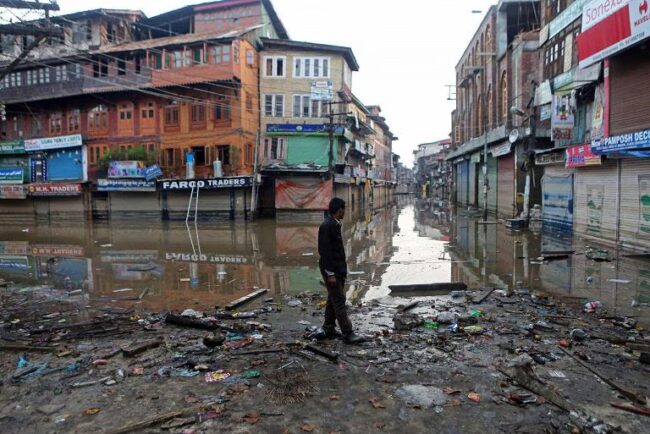1. What about the influx?
In 2022, the most recent year for which the government’s statistics service Statbel has figures, the inflow was at a record high: in 2022 Belgium welcomed 233,629 immigrants. These are the people that arrived without regard to the number that left. The figure is higher than in previous years. In 2021, for instance, there were only 165,534 arrivals. If you subtract the departures from the arrivals, for 2022 net migration stands at 116,544 people arriving here.
The group of people counted among the 233,629 international immigrants is very wide and diverse. It includes people from inside and outside the EU. The figure includes Belgians who returned to Belgium after living abroad for a number of years as expats, as well as children born in Belgium to foreign parents. Migrants staying here for only a short time and re-registrations of migrants, who have been away for a while, are also included.
The high immigration rate in 2022 is mainly explained by the influx of Ukrainians, who accounted for a quarter of all immigrants that year.
Take these people out of the figures and you end up with an inflow of 65,096 non-EU migrants, some 10 per cent more than before the pandemic. In 2022 the main countries of origin of third-country nationals (outside Ukraine) were Morocco, Turkey, India and Afghanistan.
2. Who qualifies for a residence permit and why?
In 2022, the Immigration Department issued 171,405 residence permits to people from inside and outside the EU. But these figures also include many Ukrainian refugees. If you remove these, you arrive at 119,684 new residence permits.
More than half go to EU migrants. 57,574 non-EU migrants were granted residence permits in 2022, an increase of 16 per cent compared to 2019.
In most cases, the residence permit is the result of labour migration (80 per cent of labour migrants are EU citizens, by the way) or family reunifications (most cases involve family reunifications for labour migrants). Students also make up a large group. Recognised refugees, i.e. asylum seekers whose application was approved, make up only 7 per cent of all residence permits issued.
3. How big is the influx of asylum seekers?
Flemings who in opinion research describe migration as a big problem sometimes point to “the influx of asylum seekers”. These are people seeking international protection in Belgium. It is interesting to look at these figures separately.
In 2023, 29,589 asylum applications were made in Belgium. That is 2,360 fewer than the previous year. During the peak of the asylum crisis in 2015, 39,064 applications were made. During the 2000 asylum crisis the annual figure rose to 46,855.
Compared to previous years, these are not record figures, but they are relatively high. When compared to the total immigration figure in Belgium, the influx of asylum seekers only actually constitutes a very small fraction.
Most applications last year came from asylum seekers from Syria (4,009), Palestine (2,963), Afghanistan (2,534), Turkey (2,402) and Eritrea (2,138). About half (52%) of the applications declared admissible were approved. This percentage remains more or less stable compared to previous years.
4. Do refugees create a new influx as a result of family reunifications?
Family reunification is one of the main arguments for granting an immigrant a residence permit. But it’s not true that it is mainly recognised refugees who are responsible for family reunifications.
Of the 40,867 people who arrived here as a result of family reunions in 2022, 23,445 were non-EU citizens. The rest (17,422) came from within the EU. Only 3,564 family members (9 per cent) received a residence permit because of links to a recognised refugee.
Family reunification rules were already severely tightened up in Belgium after 2011 (applicants must now possess sufficient means of subsistence and decent housing must be available). Recognised refugees enjoy a one-year exemption on these conditions, but in practice, a year is often too short to get the file ready.
5. How many people with a migration background are there now actually in Belgium?
The fact that 22 per cent of Flemings see “migration” as the biggest problem could of course also be an expression of a general feeling of alienation. After all, Belgium is becoming more diverse, the figures show. According to Statbel, Belgium (according to 2023 figures) has some 2.2 million people born abroad. That is some 19 per cent of our total population. 11 per cent were born outside the EU, 8 per cent within the EU.
By comparison, 10 years ago (in 2013), there were some 1.7 million migrants. That was then about 15 per cent of the Belgian population. 20 years ago (in 2003), there were 1.2 million migrants. That was then 11 per cent of the Belgian population.
65.5 per cent of the Belgian population is a “Belgian with a Belgian background”. 20 years ago, that was over 80 per cent. 21 per cent are “Belgians with a foreign background”. Importantly, everyone who has at least one parent with another nationality (so also, say, a Dutch mother) is counted among the “Belgians with a foreign background”.
13.4 per cent of the population is non-Belgian. 20 years ago, it was 8.2 per cent. The proportion of non-Belgians in the Flemish and Walloon regions is around 11 per cent. In the Brussels Capital Region, it is 37 per cent.
Taking Belgians with a migration background and non-Belgians together, 53 per cent of that group have roots outside the EU and 47 per cent have roots within the EU. Incidentally, of the latter group, 19 per cent have Dutch, French, Luxembourgish or German roots.


